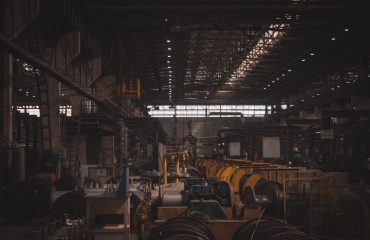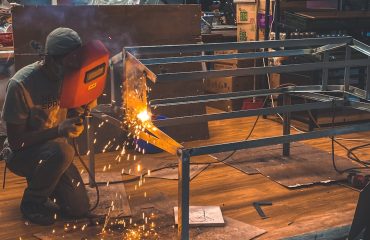body {
font-family: sans-serif;
line-height: 1.6;
}
h1, h2, h3 {
color: #333;
}
h1 {
font-size: 2.5em;
}
h2 {
font-size: 2em;
}
h3 {
font-size: 1.5em;
}
Steel, an alloy primarily composed of iron and carbon, is a cornerstone of modern civilization. Its versatility stems from the remarkable range of properties achievable by manipulating its composition and manufacturing processes. This guide delves into the diverse world of steel varieties, exploring their characteristics and applications.
Carbon Steels: The Foundation of Steel Production
Carbon steels form the bedrock of the steel industry, characterized primarily by their carbon content. This seemingly simple element profoundly influences the steel’s properties. Low-carbon steels (mild steels), containing less than 0.3% carbon, are ductile, weldable, and relatively inexpensive, making them ideal for applications like automotive body panels and construction. Medium-carbon steels (0.3% to 0.6% carbon) offer increased strength and hardness, suitable for railway tracks and machine parts. High-carbon steels (above 0.6% carbon), boasting exceptional hardness and wear resistance, are used in tools, springs, and cutting instruments. The higher the carbon content, generally, the stronger and harder the steel, but also the more brittle it becomes.
Alloy Steels: Enhancing Properties Through Additions
Alloy steels go beyond the simple iron-carbon combination, incorporating other elements like chromium, nickel, molybdenum, manganese, and vanadium to enhance specific properties. These additions can boost strength, corrosion resistance, hardenability, and toughness. For instance, chromium-molybdenum steels are known for their high strength and toughness at elevated temperatures, making them suitable for high-pressure vessels and pipelines. Nickel-chromium steels exhibit excellent corrosion resistance, often found in chemical processing equipment. The precise alloying elements and their proportions determine the final characteristics of the steel, offering a vast spectrum of possibilities.
Stainless Steels: The Champions of Corrosion Resistance
Stainless steels, a subset of alloy steels, are renowned for their exceptional corrosion resistance. This crucial property stems from the presence of chromium (typically at least 10.5%), which forms a protective passive layer of chromium oxide on the steel’s surface. Different grades of stainless steel exist, categorized by their chromium content and other alloying elements. Austenitic stainless steels (like 304 and 316) are non-magnetic, highly ductile, and possess excellent corrosion resistance, widely used in kitchen appliances, medical instruments, and architectural applications. Ferritic stainless steels are magnetic and offer good corrosion resistance at a lower cost, while martensitic stainless steels are hardenable and used in cutlery and surgical instruments.
Tool Steels: Precision and Durability
Tool steels are high-carbon alloy steels designed for their exceptional hardness, wear resistance, and ability to retain their edge even under extreme conditions. These steels are crucial for creating cutting tools, dies, molds, and other components subjected to significant wear and tear. Different tool steels are formulated for specific applications; for example, high-speed steels (HSS) can withstand high temperatures during machining operations, while cold-work tool steels excel in applications involving cold forming and shaping.
Specialty Steels: Tailored for Unique Applications
Beyond the common categories, numerous specialty steels cater to niche requirements. These steels are engineered with specific properties in mind, often involving complex alloying and processing techniques. Examples include maraging steels, known for their exceptional strength and toughness; precipitation-hardening stainless steels, offering high strength and corrosion resistance; and cryogenic steels, maintaining their properties at extremely low temperatures. These materials are essential in aerospace, energy, and other high-tech industries where demanding performance is paramount.
The selection of the appropriate steel grade depends heavily on the intended application, considering factors like strength, ductility, weldability, corrosion resistance, cost, and required processing techniques. Understanding the diverse range of available steel varieties is crucial for engineers, designers, and manufacturers to choose the optimal material for their projects.
SEO-Friendly Tags:
- Steel types
- Steel grades
- Carbon steel
- Stainless steel
- Alloy steel




